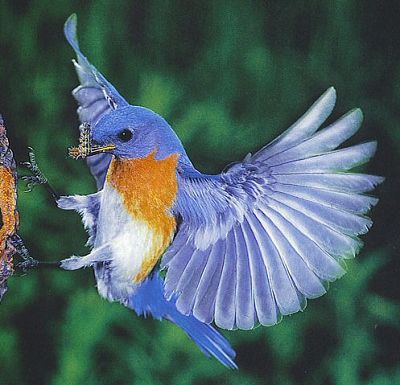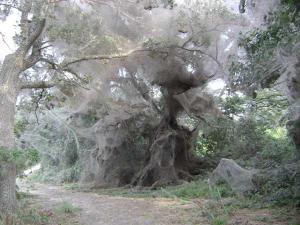Climate change and how it affects wildlife dominated discussion at last week’s Association of Fish and Wildlife Agency’s (AFWA) annual conference, themed “The Changing Climate of Wildlife Management.” AFWA is the primary professional organization for state and federal fish and game agencies in North America, and a number of state program leaders and division directors from throughout the U.S. attended to provide input and learn more about climate change issues. Continue reading Impact of Climate Change on Wildlife
Author: WM Pro
Justin Hurst Wildlife Management Area

The Texas Parks & Wildlife Department site formerly known as Peach Point Wildlife Management area near Freeport, Texas, will be formally rededicated on Friday, October 12 as the “Justin Hurst Wildlife Management Area”, in recognition of the former game warden and wildlife biologist who was killed the line of duty earlier in 2007. A team of employees in the Wildlife and Law Enforcement Divisions, with support from several outside partner groups, is planning and organizing the dedication. Continue reading Justin Hurst Wildlife Management Area
Number of Hunters in the US is Falling

Hunters remain a powerful force in American society, as evidenced by the presidential candidates who routinely pay them homage, but their ranks are shrinking dramatically and wildlife agencies worry increasingly about the loss of sorely needed license-fee revenue. New figures from the U.S. Fish and Wildlife Service show that the number of hunters 16 and older declined by 10 percent between 1996 and 2006 — from 14 million to about 12.5 million. The drop was most acute in New England, the Rocky Mountains, and the Pacific states, which lost 400,000 hunters in that span. Continue reading Number of Hunters in the US is Falling
Instructions for Basic Bluebird Nest Boxes

Bluebirds are insectivorous during the nesting season, feeding mainly on ground-dwelling insects. Ideal bluebird habitats are open and barren or short-cut/sparsely grassed areas (so they can see their food) with a few trees nearby (for perching).
Pesticide and herbicide-free cattle or horse pastures, cemeteries, acreages, abandoned orchards, hike-and-bike trails, prairie coulees, lightly traveled roadsides, abandoned railroad rights-of way, golf courses, open areas in parks, the edges of meadows, clear cuts adjacent to or within forested areas that have been recently burned, and sagebrush flats provide excellent bluebird habitat.
Bluebirds will also nest on the fringes of towns and cities, especially if they were nesting in those areas prior to development.
Lenker Blue Bird Box Instructions
Poor bluebird habitat includes areas that they naturally shun (i.e., city centers, densely wooded areas, or intensively farmed areas where there is a lack of natural habitat), areas where they are in competition with House Wrens or House Sparrows, or locations where the boxes are at risk of being subject to predation or vandalized.
Instructions for Building Bluebird Boxes:
Nilgai Photo

What is a nilgai?
A large antelope with short, smooth horns in males. Horns average only 18 cm in length, with lengths of only 23-30 cm the maximum. Females usually do not grow horns, but may occasionally. Continue reading Nilgai Photo
Huge Texas-Sized Spider Web Catches Attention

A colonial spider web, that can only be described as “Texas size,” at Lake Tawakoni State Park attracted close to 3,000 public visitors who came specifically to see the web this past holiday weekend. The visitors were coming in large part because of a tidal wave of news media coverage. Both factors have had park employees hopping to respond to inquiries from the public, media, as well as the scientific community.
[youtube haf3X5i7XEI] Continue reading Huge Texas-Sized Spider Web Catches Attention
The Reality of Wildlife Exemptions in Texas

Last year, 61 parcels of land in Travis County were designated as ecology laboratories for research purposes, which saved the 22 owners thousands of dollars in property taxes. But this year, every one of those ecolab exemptions was denied after the Travis County Central Appraisal District determined that they weren’t legitimate. A couple have been reinstated since they were pulled, and other property owners may sue, but there is a fundamental problem with the state’s ecolab and wildlife preservation tax exemptions: It is hard to know whether they are legitimate. Continue reading The Reality of Wildlife Exemptions in Texas